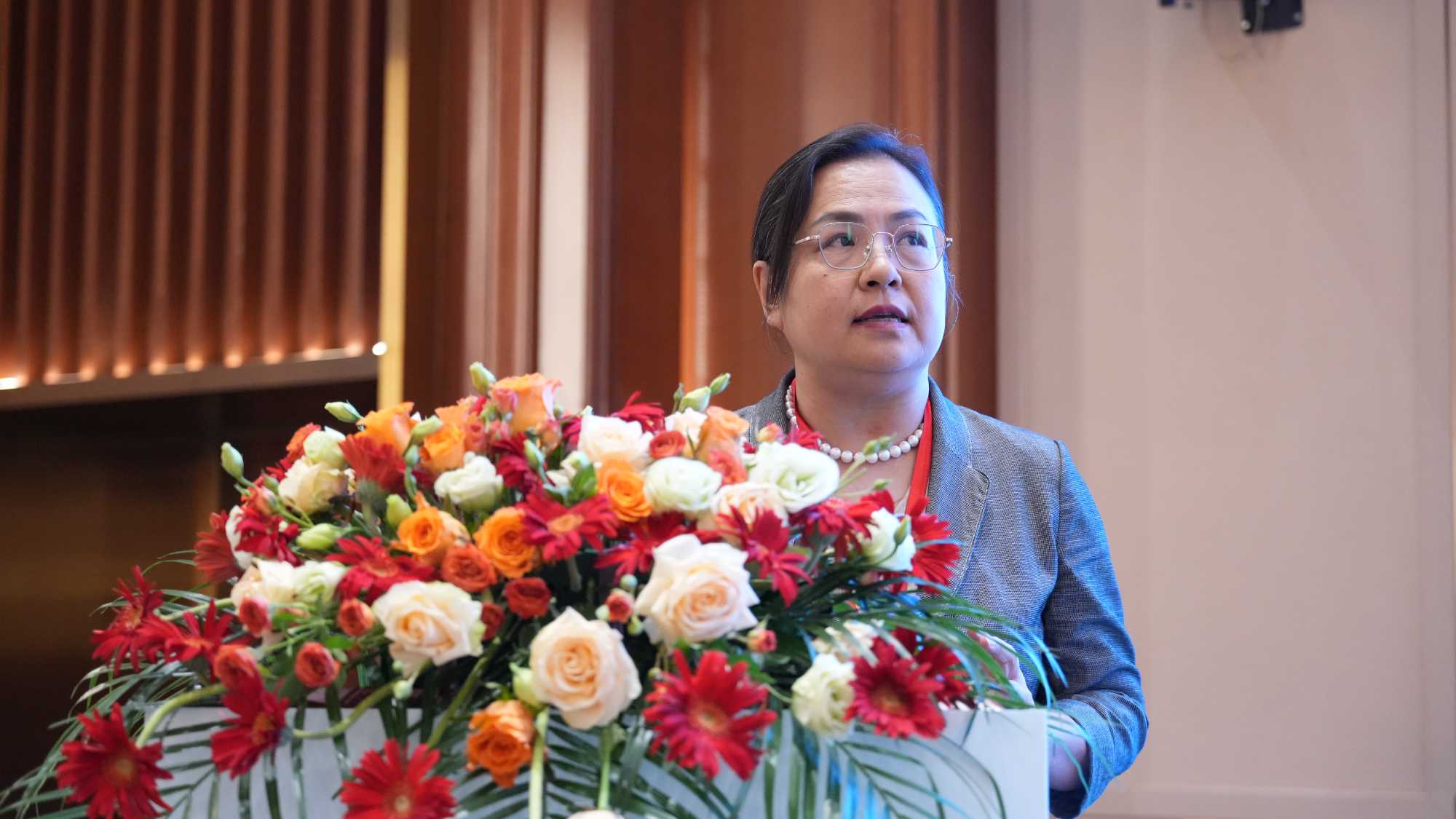International Textile Standards and Product Carbon Footprint
——Jiang Nanqing, Director of Institute of Carbon Neutrality and Circular Economy (ICNCE)
Dr. Jiang Nanqing, Director of Institute of Carbon Neutrality and Circular Economy (ICNCE), delivered a speech of International Textile Standards and Product Carbon Footprint.

The presentation covered topics including international textile development trends, sustainable products, product eco-design, and product carbon footprint.
Dr. Jiang discussed in depth the latest progress and challenges in global circular economy and carbon reduction efforts. Circular economy has become a consensus in international governance, with China and the EU proposing "dual carbon" goals and circular economy action plans respectively. These measures aim to improve resource utilization efficiency, reduce negative environmental impacts, and promote energy and product efficiency.
The concept of product life cycle assessment (LCA) was introduced in detail, emphasizing that product carbon footprint assessment needs to cover all stages from raw material extraction to final disposal. New EU regulations, especially the 2020 New Circular Economy Action Plan and the 2022 Sustainable Products Initiative, introduced the concept of digital product passports. These passports are used to enhance product sustainability and circularity management, ensuring information transparency and traceability throughout the product's lifecycle.
Regarding eco-design, the ISO 14006:2020 environmental management system's eco-design guidelines were elaborated. The goal of eco-design is to reduce negative environmental impacts throughout the product's life cycle. Specific requirements include minimum recycled material content, visual labeling, and systematic consideration of environmental impacts to minimize the environmental footprint at all stages of production, use, and disposal.
Carbon accounting hierarchies and methods were also important topics of discussion, covering zero-carbon factories, zero-carbon supply chains, zero-carbon products, and communities. The Carbon Border Adjustment Mechanism (CBAM) and various national policies were introduced, emphasizing carbon footprint accounting methods and units, including formulas for calculating greenhouse gas emissions and related standards.
Finally, the importance of circular economy and sustainable product design in future development was emphasized. Through rigorous standards and methods, global carbon neutrality goals can be effectively promoted. There was consensus that international cooperation and unified standards are key to achieving global carbon reduction. Promoting eco-design, life cycle assessment, and carbon footprint accounting methods and tools will help drive the global economy towards a greener and more sustainable direction. The forum called for strengthened cooperation among governments, businesses, and research institutions to jointly address climate change challenges and achieve sustainable development goals.